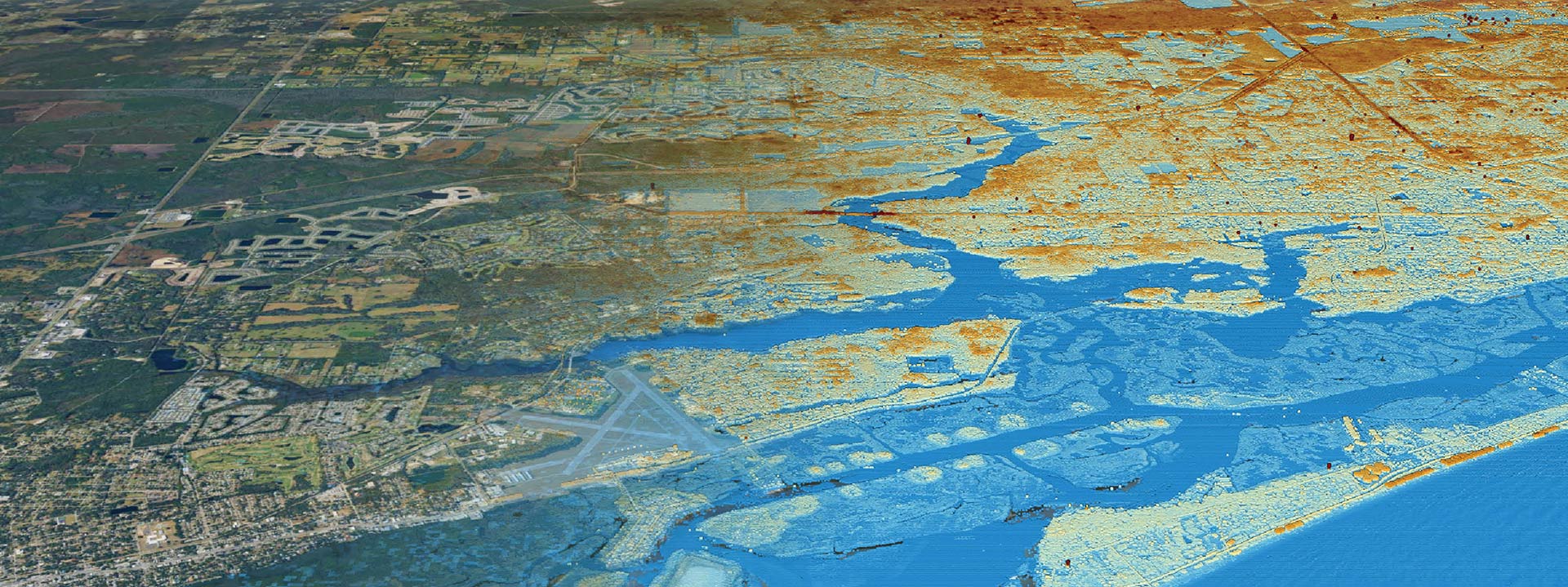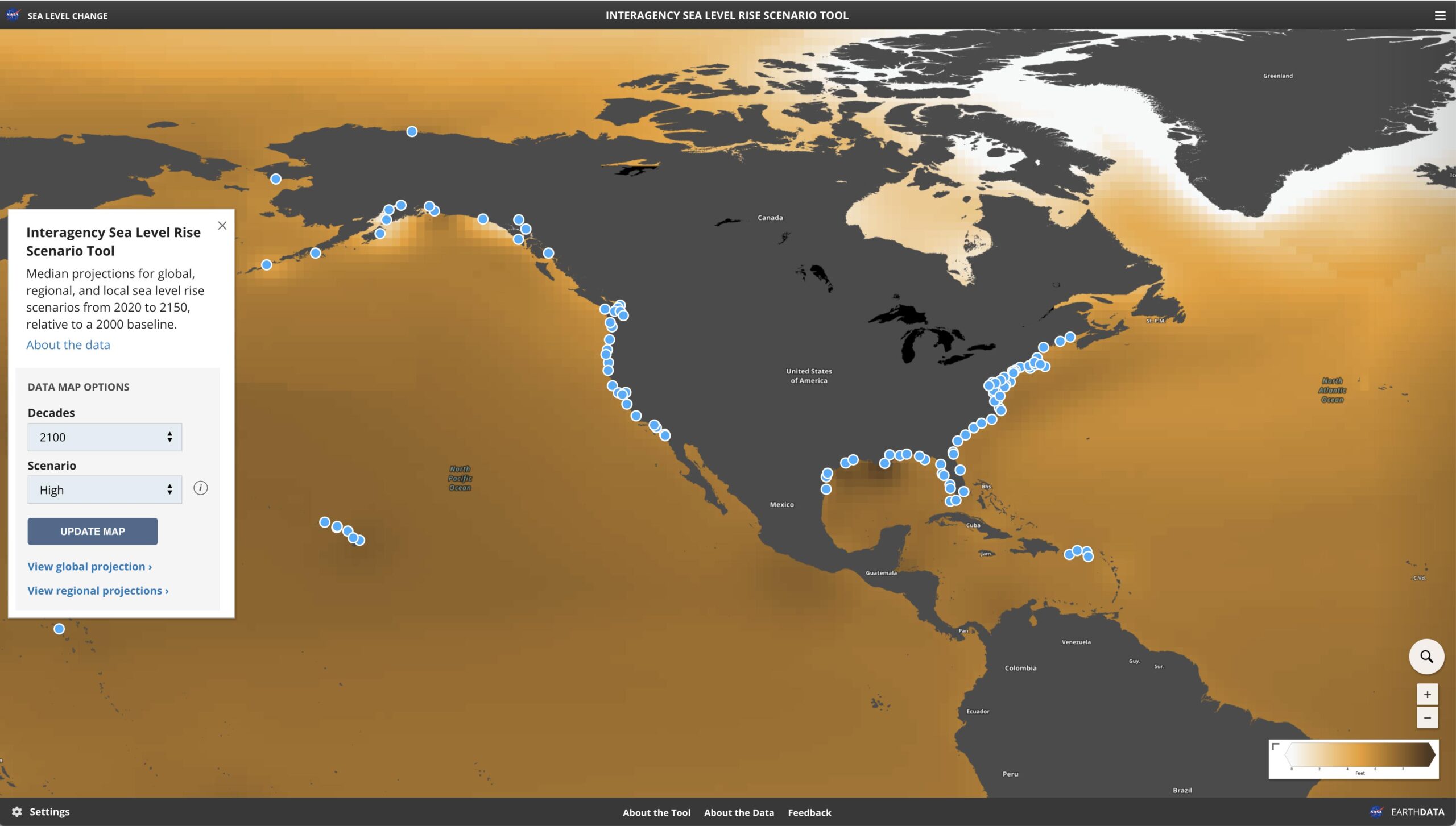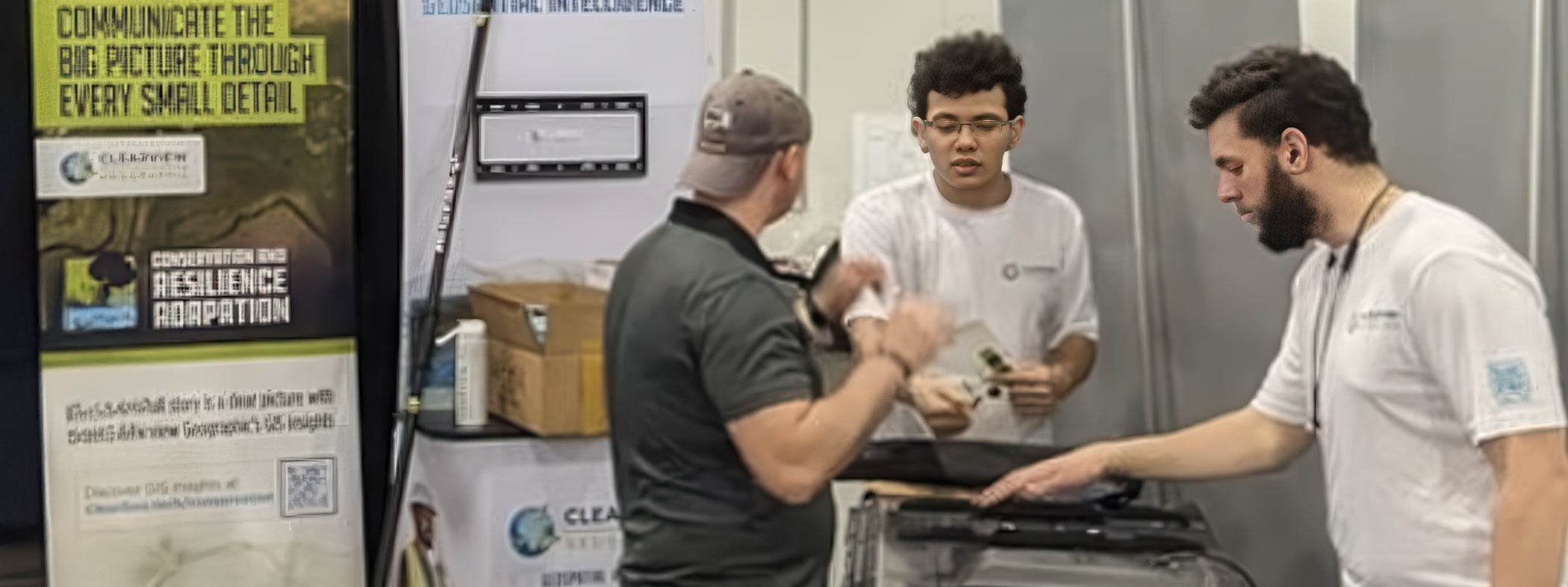From Problem to Solution: 10 Steps for Environmental Field Work
Field science plays a crucial role in the environmental services industry, where the focus is on identifying and addressing environmental problems. From assessing water quality to identifying sources of contamination, field scientists play a critical role in protecting human health and the environment. But what exactly does field science entail? In this 10-step guide, we’ll take you through the key steps involved in conducting field science in the environmental services industry. From planning your study to developing remediation strategies, this guide will give you a comprehensive understanding of what it takes to be a successful field scientist.
- Identify the problem: The first step in field science is to identify the environmental problem you are trying to solve. This can range from testing water quality to assessing soil contamination.
- Plan your study: Once you have identified the problem, you need to plan your study. This involves determining the study area, defining your research questions, and selecting appropriate sampling methods.
- Obtain necessary permits: Depending on the type of study you are conducting, you may need to obtain permits from relevant agencies. This can include permits for access to protected areas or permits for collecting samples.
- Conduct a site assessment: Before beginning your study, it’s important to conduct a site assessment to determine baseline conditions and potential sources of contamination.
- Collect samples: Collecting samples is a critical part of field science. Ensure that you use appropriate sampling techniques and equipment and follow relevant protocols for handling and storing samples.
- Analyze samples: After collecting samples, you need to analyze them to determine the concentrations of contaminants or other relevant parameters.
- Interpret results: Once you have analyzed your samples, you must interpret the results to determine the extent of contamination or other environmental problems.
- Communicate findings: Communicating your findings to stakeholders is an integral part of field science. This can include presenting results in written reports or presenting them to clients or regulatory agencies.
- Develop remediation strategies: Based on your findings, you may need to develop remediation strategies to address environmental problems. This can include recommending cleanup options or developing monitoring plans.
- Monitor progress: Once you have implemented remediation strategies, monitoring progress is important to ensure that the environmental problem is being effectively addressed. This can include ongoing sampling and analysis to track changes in environmental conditions over time.
In conclusion, field science in the environmental services industry is a complex and multifaceted process that requires careful planning, attention to detail, and a commitment to protecting the environment. By following the 10 steps outlined in this guide, you can ensure that you are conducting scientifically sound and practical studies that help to address environmental problems and promote sustainability. With the right tools and knowledge, you can make a positive impact on the world around you and contribute to a healthier, more sustainable future.



